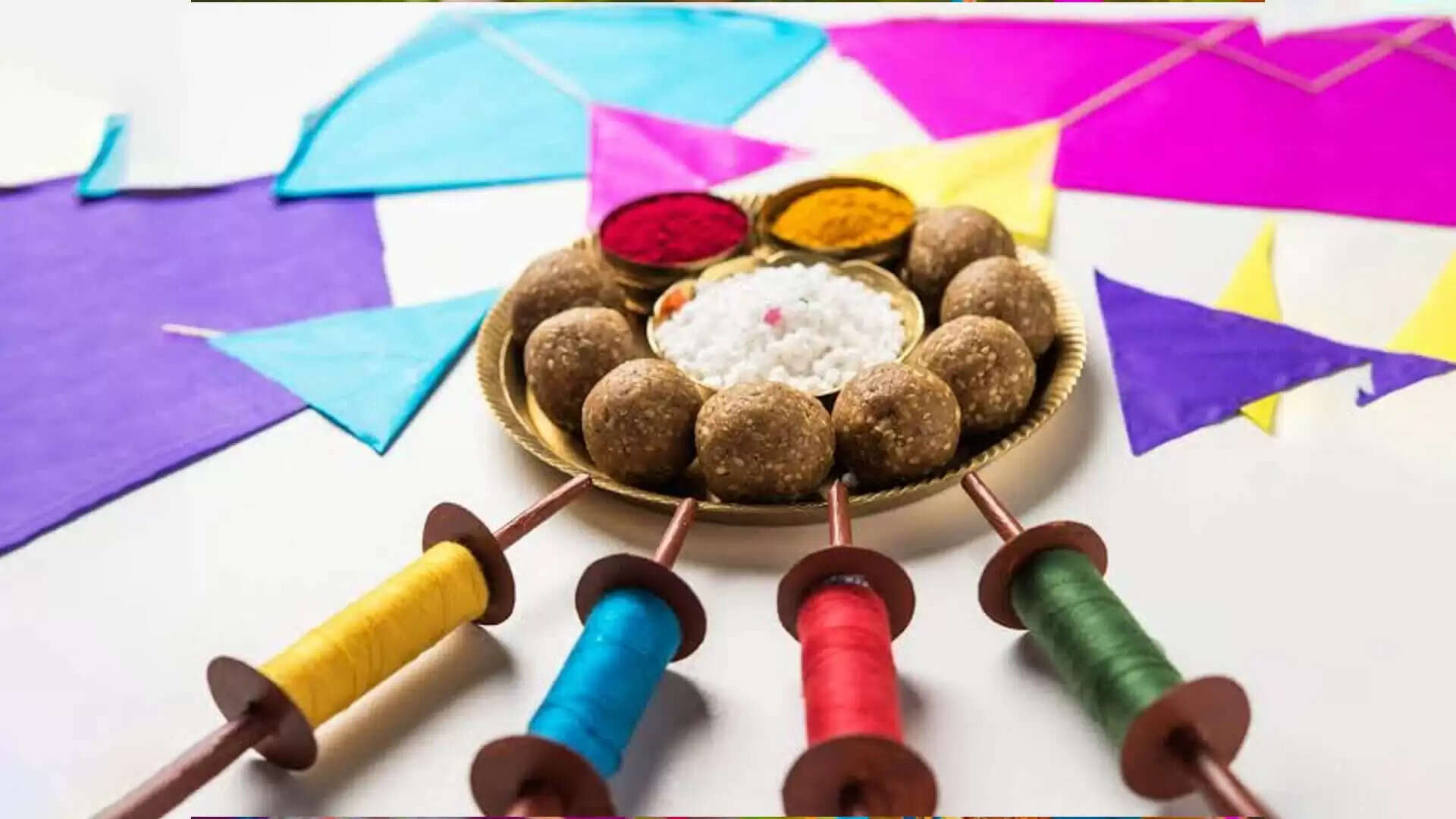Discover the Fascinating Aspects of Makar Sankranti 2023: 12 Insights into India's Celebrated Harvest Festival

Makar Sankranti 2023: Celebrated every year on 14th January in honor of the Sun God, the festival marks the end of the long cold winter months and the beginning of spring. It also symbolizes the start of a new harvest season. 'Makar' means 'Capricorn'. The transition from the sun to 'Makar Raashi' or the 'Capricorn Zodiac' is called Makar Sankranti. On the auspicious day, devotees express their gratitude towards the Sun God, as the grace of his energy has allowed life to thrive and be nourished on earth. Read on for some interesting facts about the harvest festival in India.

1) A festival based on the solar cycle:
Makar Sankranti is one of the few festivals in Hinduism which takes place according to the solar cycle while most of the Hindu festivals take place according to the lunar cycle. The day is observed every year in the month of Magha, which corresponds to the month of January according to the Gregorian calendar.
2) End of the inauspicious month in the Hindu calendar:
Makar Sankranti marks the end of Kharmas/Malmaas (December 14th to January 13th) and the transition of the Sun to the astrological sign of Makar Rashi (Capricorn zodiac) to herald a change of seasons.
3) Meaning of Sesame Seed (Til):
According to Hindu mythology, the god Yama blessed the sesame seed (Til) and therefore sesame is considered the symbol of immortality. Sesame has special significance during Makar Sankranti and is revered as the best grain and is eaten and gifted on 'Daan' on Makar Sankranti.
4) Importance of kites:
Kites are important to the festival as it marks the beginning of spring which now means people can spend more time outdoors. Kite flying has been confirmed as a Makar Sankrati tradition.
5) Rice And Jaggery Consumption:
Rice and Jaggery (Gud) are common ingredients and used to make sweet dishes all over India, as part of Makar Sankranti rituals. These are offered to God, as well as eaten. Rice signifies abundance and prosperity after the harvest season. 6) Why do we say 'Til Gudd Kha Gudd Gudd Bola'?
It is believed that the sun god never got along with his son Shani. On Makar Sankranti day, Sun God visits Shani and finally forgives him. The festival is marked as a day to forgive and forget past quarrels.
7) Why is milk boiled on Makar Sankranti?
Overflowing with rice and milk in Pongal is said to symbolize abundance, prosperity and good fortune. Seeing the rice and milk boil and overflow from the pot is considered auspicious and a symbol of future prosperity.
8) Ganges River Bathing Ritual:
Bathing in the Ganges is believed to be auspicious for Makar Sankranti. Hindus consider it a day of happiness and prosperity. In other parts of India too, devotees celebrate Makar Sankranti by bathing in the sacred rivers that flow through the states to cleanse themselves of sins.

9) The Holy Expeditions:
The auspicious occasion of Makar Sankranti usually marks the beginning of Kumbh Mela in Uttar Pradesh, while in Kerala, one of the more austere Shabrimala pilgrimages ends on 14 January.
10) The Mahabharata connection:
According to mythology, it is believed that in the Mahabharata, Bhisma while lying on the bed of arrows prepared by Arjun, waited until dawn for Makar Sankranti to finally breathe his last.
11) Cow Worship at Makar Sankranti:
It is believed that God Shiva ordered Nandi (cow) to stay on earth and help people plow the fields as they would need more grains to survive. It is God's help to encourage agricultural practices.
12) A party, different name:
Almost all states celebrate the festival with different names. In Haryana and Punjab, it is known as Lohri, Uttar Pradesh - Kichdi, Assam - Magha Bihu, Bihar - Til Sankranti, Tamil Nadu - Pongal, Kerala - Makara Vilakku, Gujarat - Vasi Uttarayan, West Bengal and Northeast - Pousha Sankranti.
